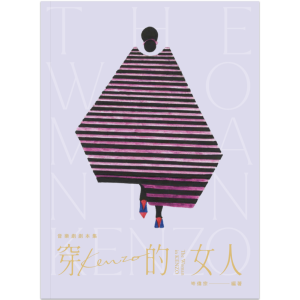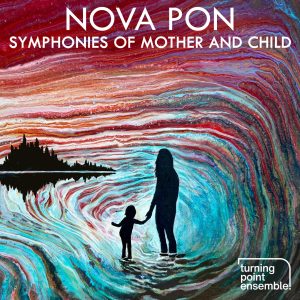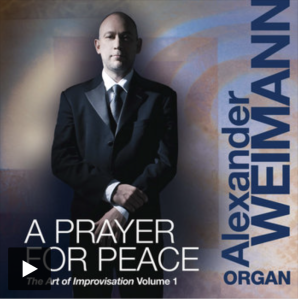
Artists: UBC Music PhD student Sherryl Sewepagaham, composer; Canadian Chamber Choir
Release date: September 2024
Description (from Canadian Chamber Choir website):
Where Waters Meet is an Indigenous/settler partnership built on friendship, deep respect and admiration, and the desire to communicate through our shared sung medium. It is a culmination of several joint projects in different regions of Canada over the course of many years. We are thankful to many for contributing their talents and engaging with the CCC on numerous levels in the creative phases: composer Carmen Braden, poet Yolanda Bonnell, incubation collaborator Sarain Fox, tour partners Wesley Hardisty (violinist) and Aaron Prosper (singer/drummer), and non-Indigenous collaborator Hussein Janmohamed, who has inspired us all in the CCC to consider what our music can be like if we honour and respectfully incorporate cultural traditions into our creative process. Hussein has modelled this in envisioning the expansion of his composition Sun on Water to include Sherryl Sewepagaham’s spoken word, drumming, and sung improvisations. We also thank the many Elders, Knowledge Keepers, and community members who have guided us along the way in our reciprocal creative collaborations. The music on this album has evolved organically as we have listened, asked questions, and responded honestly and in relationship with each other.
Where Waters Meet: Sherryl Sewepagaham + Canadian Chamber Choir was released worldwide on September 6, 2024. Solo pieces written and performed by Sewepagaham are nestled around each movement of Where Waters Meet, mirroring the way in which Braden’s contemporary choral suite has been performed live during the CCC’s past tours.
Listen




